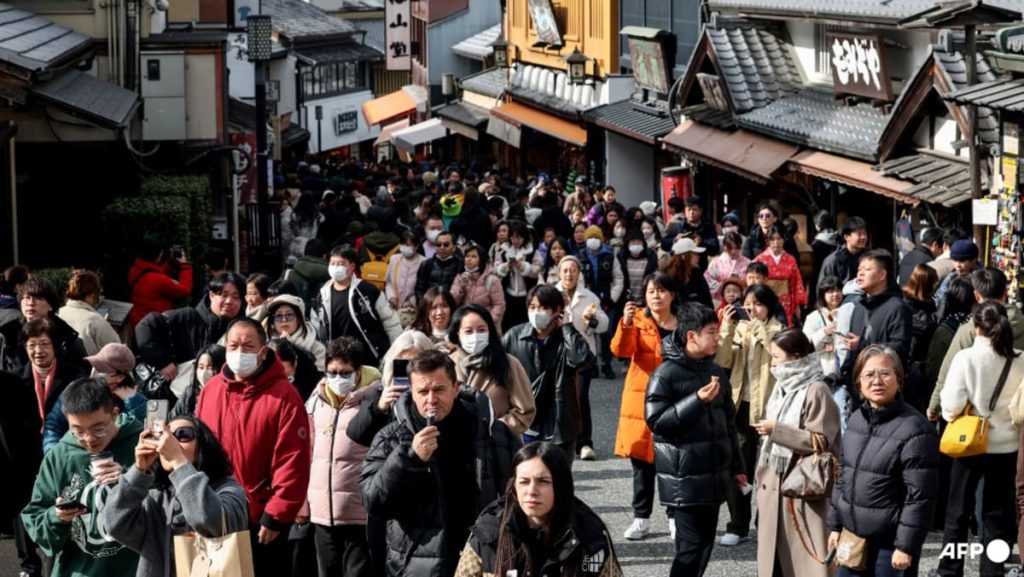Kyoto, Japan, a city steeped in history and tradition, is facing the dual-edged sword of tourism. While the influx of visitors brings economic benefits, it also brings challenges for residents who feel their city is being overrun. In an attempt to balance these competing interests, Kyoto authorities have announced a significant increase in hotel lodging taxes, aiming to mitigate the negative impacts of overtourism while maintaining the city’s appeal.
The surge in tourism to Japan is undeniable. Propelled by a weakened yen and the allure of the country’s unique cultural experiences, Japan is projected to have welcomed over 35 million foreign visitors in 2024, a record-breaking number. Kyoto, with its iconic geisha districts, serene temples, and traditional wooden architecture, has become a focal point for this tourism boom. However, the sheer volume of visitors has strained the city’s infrastructure and resources, leading to growing discontent among residents.
The heart of the problem lies in the clash between the desire for authentic cultural experiences and the disruptive behavior of some tourists. Kyoto residents have voiced concerns about the disrespectful treatment of geisha, who are often pursued and photographed relentlessly, akin to paparazzi hounding celebrities. The pursuit of the perfect Instagram shot often trumps respect for tradition and personal space. This, coupled with traffic congestion caused by tour buses and the unfortunate incidence of littering, has painted a picture of overtourism damaging the very fabric of Kyoto’s charm.
In response to these concerns, the city has unveiled a plan to significantly increase accommodation taxes, hoping to generate revenue while simultaneously managing the flow of tourists. The proposed increase is tiered, affecting visitors staying in different price ranges. For rooms costing between 20,000 and 50,000 yen (approximately US$127 to US$317) per night, the tax will double to 1,000 yen per person per night. For the more luxurious accommodations exceeding 100,000 yen per night, the tax will see a tenfold increase, jumping to 10,000 yen. The city hopes that these increased costs will not only generate funds for city services strained by tourism but also potentially deter some visitors, thereby easing the pressure on the city’s infrastructure and cultural heritage.
The stated goal of this tax hike is to achieve “sustainable tourism,” a concept that emphasizes balancing the economic benefits of tourism with the preservation of the environment and the well-being of local communities. The increased revenue is intended to be used to address the specific issues caused by overtourism, such as improving public transportation, managing waste, and preserving cultural sites. The city envisions a future where tourism contributes positively to the local economy without compromising the quality of life for residents or the authenticity of the cultural experience for visitors. This ambitious goal requires a delicate balancing act, carefully managing the influx of visitors while preserving the very essence of what makes Kyoto so attractive.
The proposed tax increase, which is scheduled to take effect next year pending approval from the city assembly, represents a significant step by Kyoto in addressing the challenges of overtourism. It reflects a growing global trend of cities grappling with the need to manage the influx of visitors while preserving their unique character. The success of this initiative will depend not only on the revenue generated but also on how effectively these funds are utilized to mitigate the negative impacts of tourism and foster a more sustainable and respectful relationship between visitors and residents. The hope is that this initiative will serve as a model for other destinations struggling to find the delicate balance between economic prosperity and the preservation of cultural heritage in the face of ever-increasing tourist numbers.










